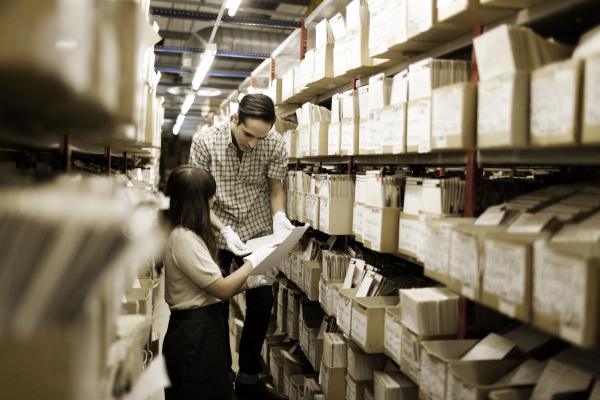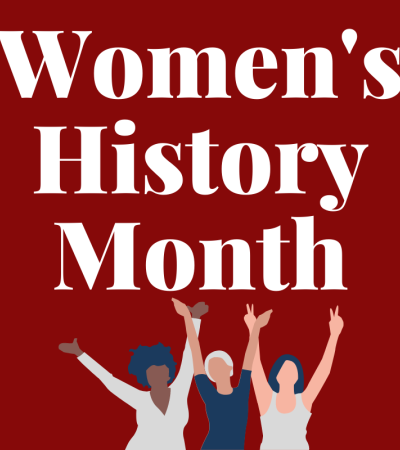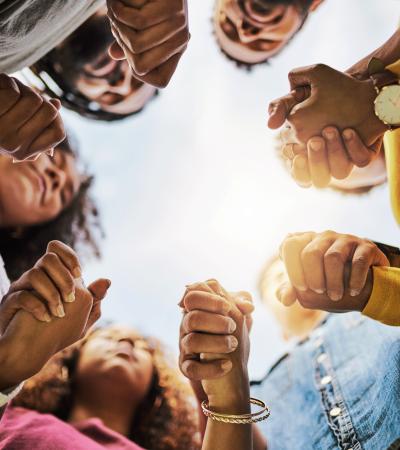For those interested in primary sources, the Library of Congress — the largest library in the world, with millions of books, recordings, photographs, newspapers, maps and manuscripts in its collections — is a veritable treasure trove. And you don’t have to go to Washington, D.C. to access its materials; millions of primary sources are freely available in the Library’s digital collections.

Using the Library of Congress Digital Collections, a group of librarians recently created a library programming guide on the theme of women's suffrage. This guide, funded by a grant from the Library of Congress Teaching with Primary Sources program, features program models and tips for using the collections to plan library programs.
>>> Download the "Programming with Primary Sources: Women's Suffrage" programming guide <<<
Not sure where to start? Below are some of our favorite favorite Library of Congress resources related to primary source analysis. Developed by classroom teachers and librarians, these links and handouts provide foundational information about primary sources that may help you plan your programming.
- What did you do over the past 24 hours, and what evidence was left behind? What would a future historian be able to tell about your life based on the evidence of your daily activities? This four-minute video uses these questions to explain the difference between primary and secondary sources.
- This two-minute instructional video explains how to analyze a primary source through observation, reflection and questioning. Print this PDF of the Primary Source Analysis Tool for brainstorming activities, as well as the helpful Teacher’s Guide.
- Teacher-created classroom materials and lesson plans can be utilized for library programs.
- Primary Source Sets are collections of primary sources on commonly taught topics, along with historical background information and teaching ideas. Check out the Women’s Suffrage Primary Source Set.
- In its Free to Use and Reuse Sets, the Library identifies items that are in the public domain, have no copyright, or have been cleared by the copyright owner for public use. Visit the Free to Use and Reuse: Women’s History Month collection. (Note that Free to Use and Reuse Sets represent just a small sample of the Library’s digital collections that are free to use and reuse.)
A Note About Copyright and Fair Use
The Library of Congress works with primary source creators and owners to make as many sources available to view online as possible, but it is important to note that copyright restrictions still apply to the use or re-use of those sources outside of the Library’s website. Your use of primary sources for educational purposes may be considered fair use and qualify for certain copyright exemptions, but it is always best to defer to the Library’s website and check the “Rights and Access” or “Rights Advisory” statement for each individual item to understand what kinds of use are acceptable. Whether an item is in the public domain or qualifies for fair use, always properly cite any primary source you use.
To learn more about primary sources and programming, download the full "Programming with Primary Sources: Women's Suffrage" programming guide.



